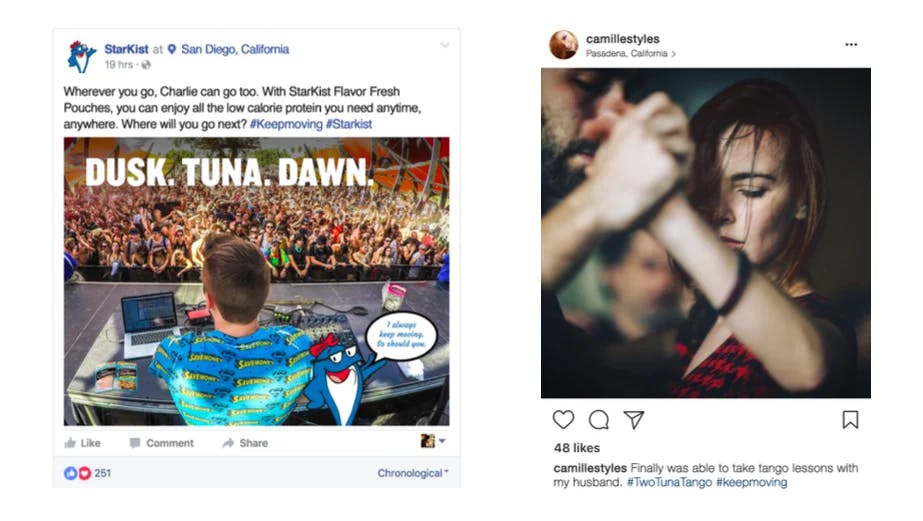
Justin Oberman
Strategist
Writer
Instructor
Ghostwriter
Creative Director
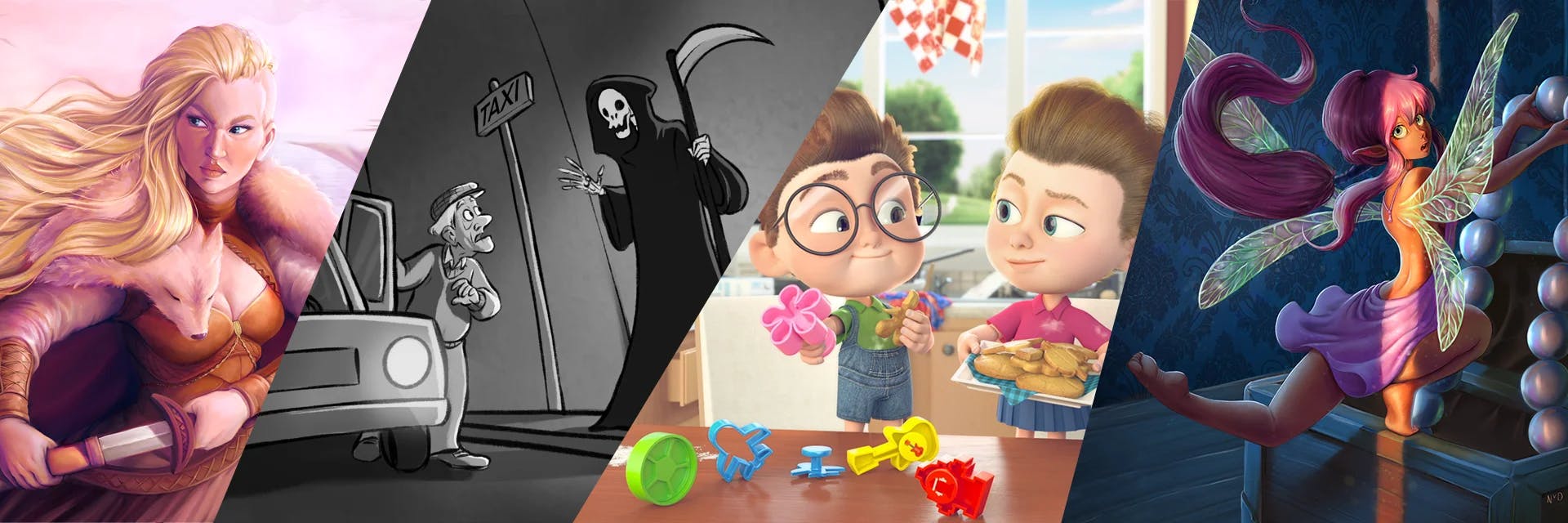
Taking Every Opportunity
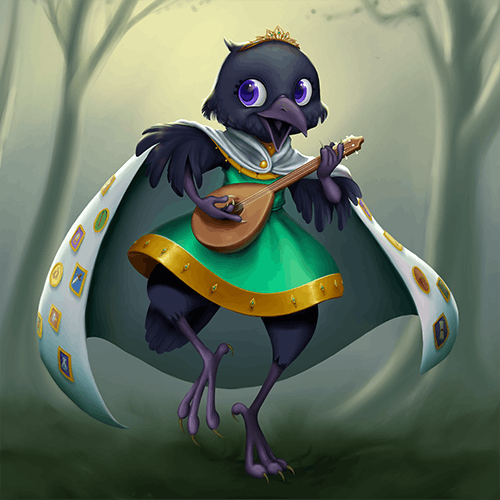
Nanda van Dijk: The animation industry in the Netherlands is pretty small. Many studios have small teams and it is more common to work as an all-round artist instead of specializing in one role. This can be a lot of fun and even younger artists can get more responsibilities. When I just graduated, I was hired at the studio Media. Monks were small back then. I had to teach the team how to work with Maya because they all worked with 3D Studio Max and wanted to switch. I was thrown into the deep, but I learned a lot because of this.
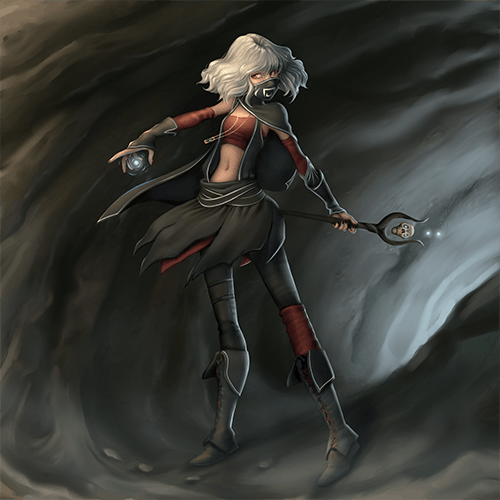
Working as an all-around artist also helped me because I was able to take on many jobs in other positions when there wasn’t any animation work at the time. But the industry is growing and more feature films are being made in the Netherlands. The stop-motion film ‘Knor’ even won three Golden Calves, the most prestigious prize to win in the Netherlands and the first time an animated film won the award for best film. I, unfortunately, didn’t work on this movie but it was fantastic news for the Dutch animation industry.
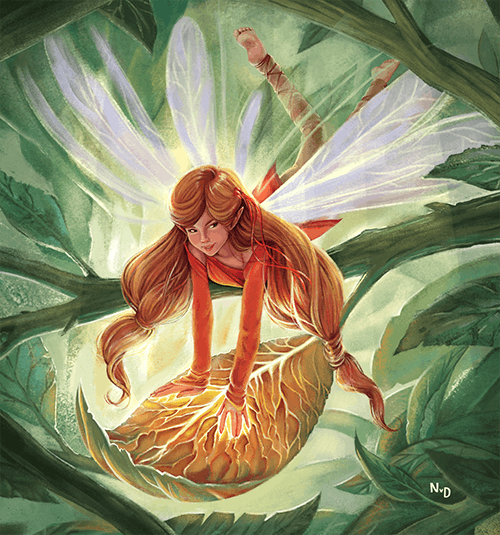
Nanda van Dijk: I always knew I wanted to become an animator, l ever since I learned that you could choose animation as a profession. I struggled to find a school where I could learn animation because I wasn’t able to go to art school right away. So I went to the Media College in Amsterdam where I studied multimedia design and was able to focus increasingly on animation.
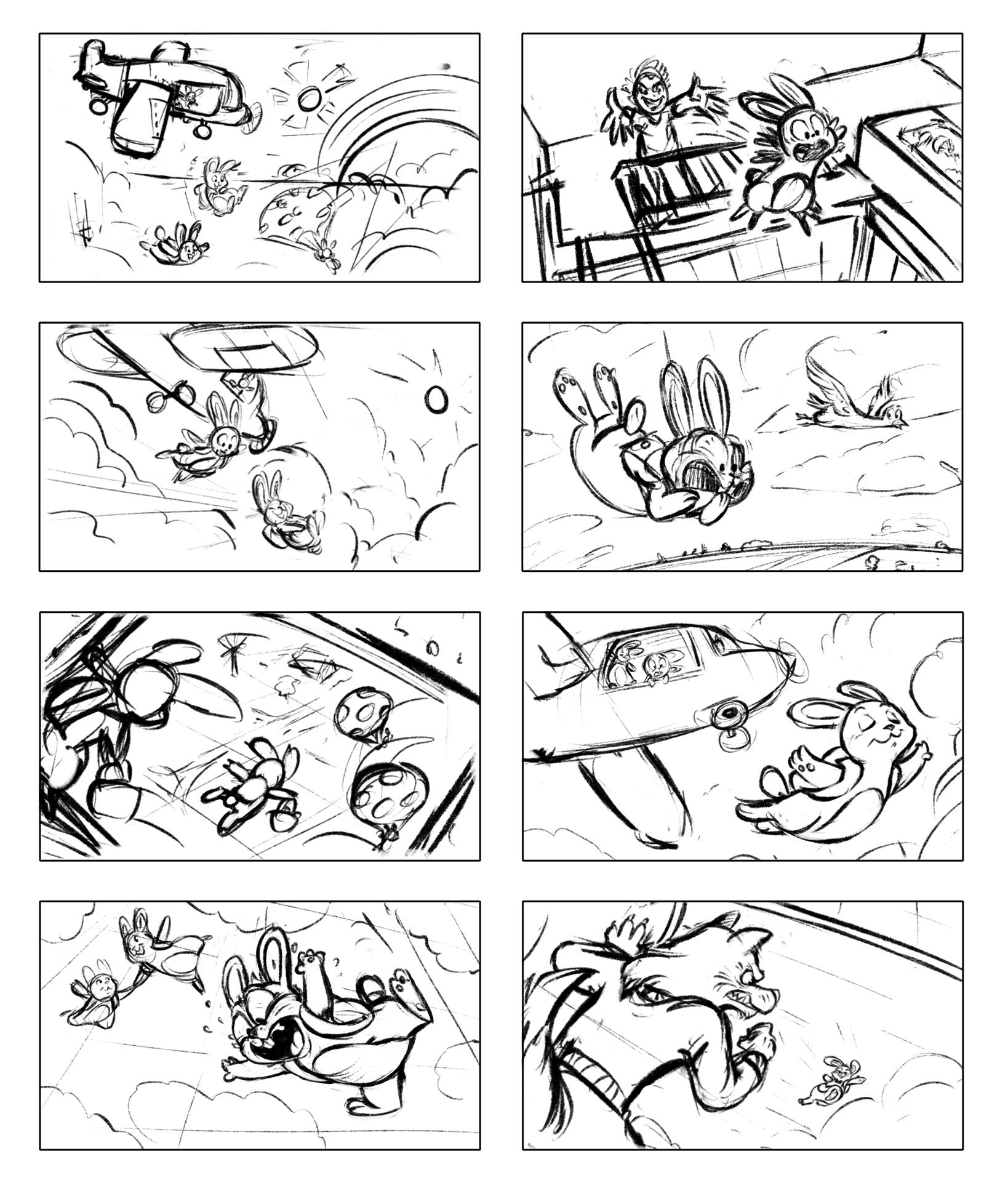
At first, I wanted to be a traditional animator but, during my school time, I noticed that I liked to work on a computer and was introduced to 3D animation. I was lucky that my teacher, Ron Hartman, was able to secure two internships for me, one in 2D and one in 3D animation. I noticed that I enjoyed 3D just as much as 2D. After graduating from Media College in Amsterdam, I applied for the Utrecht School of Arts. I had to pick between 2D and 3D. I knew that I could learn 2D animation on my own but 3D was more difficult, so I picked 3D. I’m glad that I did because now I can do both. Whether you’re animating in 2D or 3D, it doesn’t matter, animation techniques are the same.
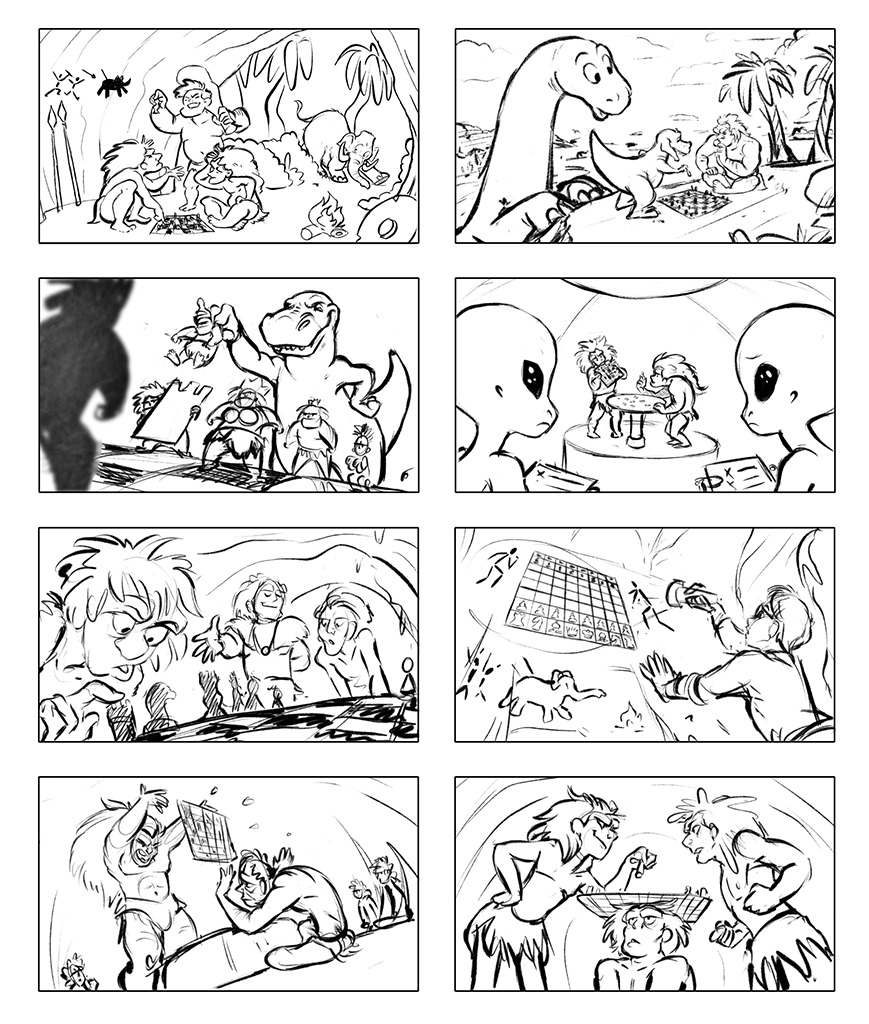
"I constantly try to take on any opportunity that comes my way.”
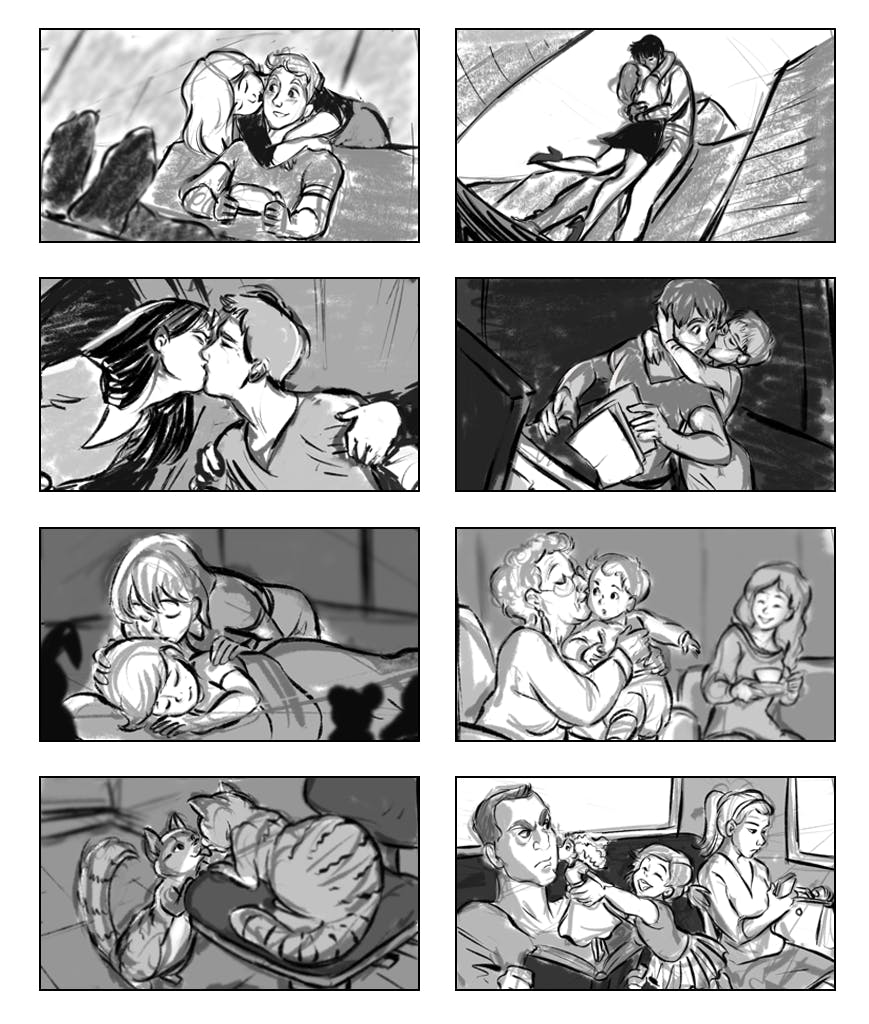
Nanda van Dijk: I love working on feature films. I’ve been lucky to have worked on 8 films already. I have worked in studios and remotely. Working in a studio is more fun as you learn more from your peers; get more feedback on your work and it feels more like working together on a big project. But it can be stressful, too, especially when people around you are stressed about tight deadlines.
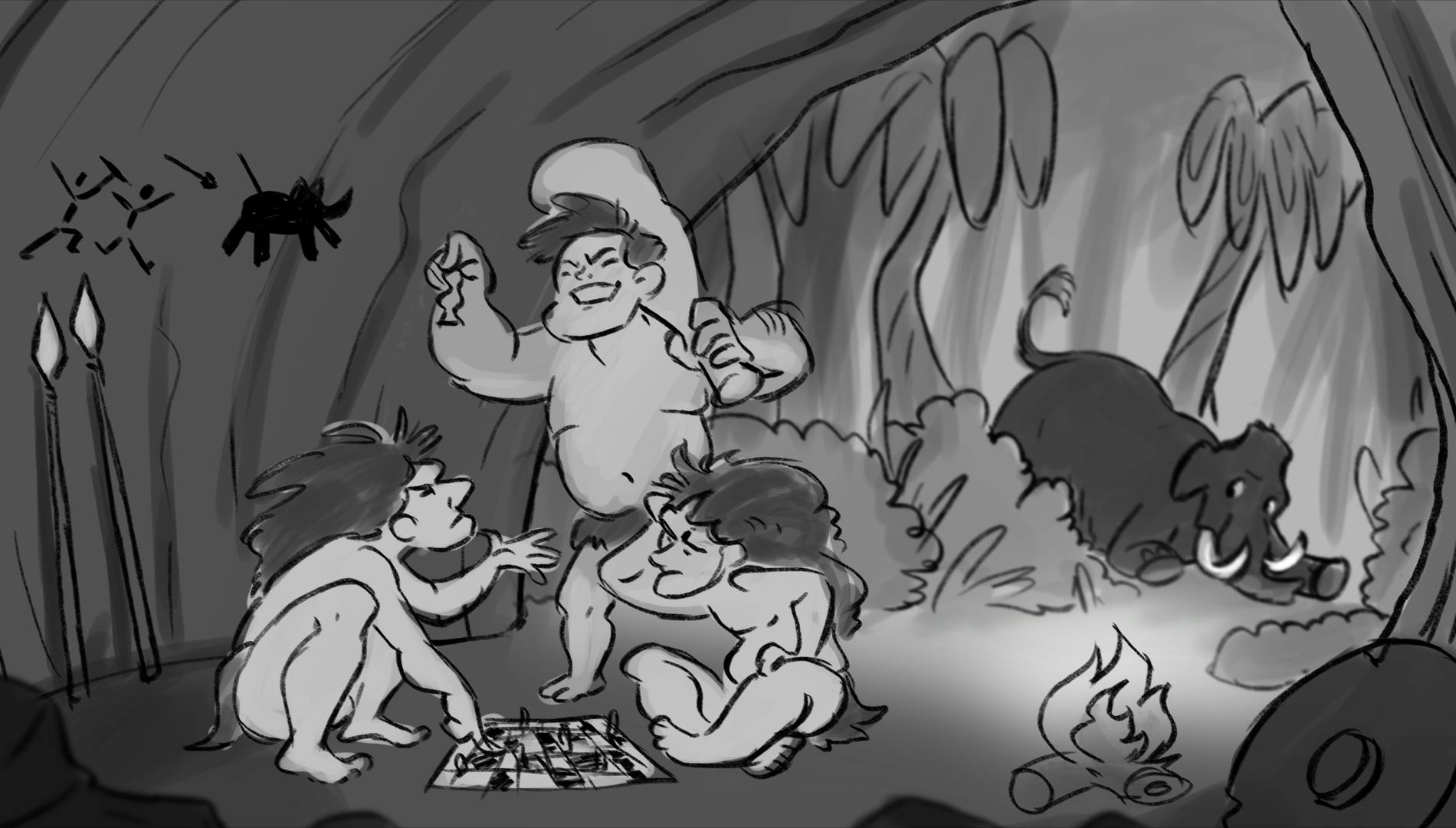
Working remotely, though, is nice because you can decide when you want to work. I prefer to work in the mornings and evenings, which is harder to do in a studio. It also opens the opportunity to work on movies that are being created in other countries. This opens up plenty of doors and opportunities. It can feel a bit like you’re on your own little island, too, and you can lose grip on what is going on in the rest of the movie.
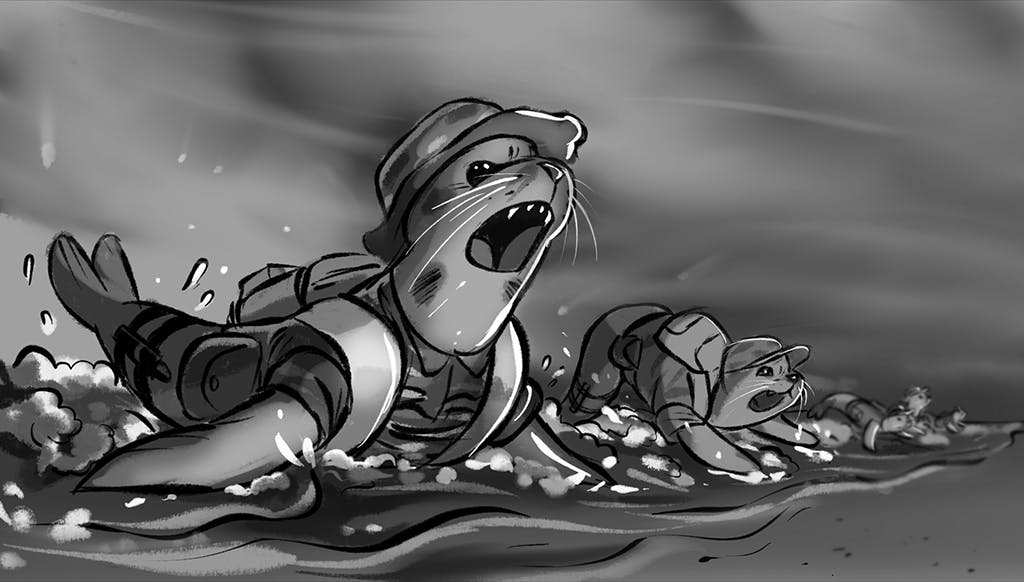
All the movies I’ve worked on had smaller budgets than the big Hollywood productions, so I usually had to animate around 18 to 20 seconds a week. In big Hollywood productions, they animate on average 4 seconds a week. This is a huge difference and, often, there is no time to thoroughly plan or polish your shots. The deadlines can be tough to make and this can also lead to a lot of stress.

Nanda van Dijk: The first feature films I worked on were 2D productions. I started as a storyboard artist for Heinz, the movie. For the second film I worked on, I was a key animator for the film, ‘Trippel Trappel’. ‘Trippel Trappel’ was created in ‘TVpaint’ frame-by-frame animation. Heinz was a 2D cut-out movie but I didn’t work on the animation part.
Later, I did work on the movie ‘De 2 Kleine Kleutertjes’ which was a 3D film but I was responsible for the 2D animations together with Boris de Leeuwe. I also worked as a rigger because it was 2D animation using Moho, a program for bone-based animation in 2D. I also use 2D animation to plan out my 3D animations sometimes, if I have enough time.
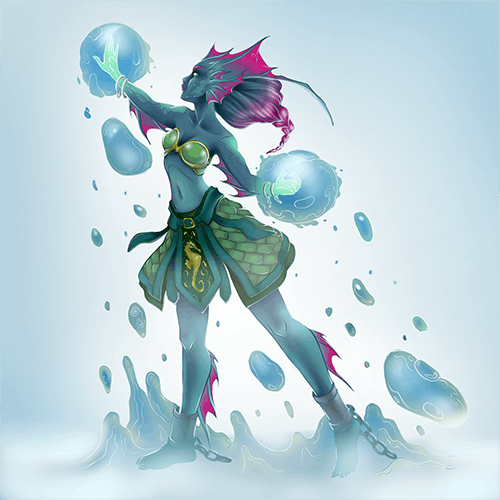
When I started my career, I worked as an all-around 3D artist and I had to model numerous props and characters for commercial productions. I enjoy making characters from start to finish. For the game ‘Marooners,’ for example, I designed, modeled, rigged, and animated the characters in the game. I don’t model as often as I animate but I do get some work now and then where I have to model or rig. I love to mix it up.
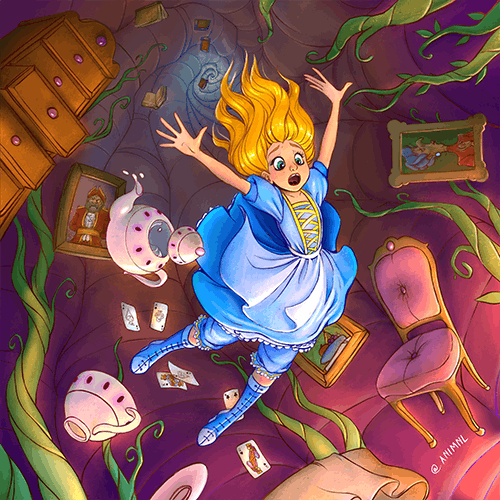
Nanda van Dijk: I have worked on 4 games in total. The first game I worked on was a side scroller game for the Teenage Mutant Ninja Turtles, ‘Sewer Run’. I rigged the characters and animated Mikey and Leo and the run animation for the foot soldiers. The second game was ‘Duckworld Smart Adventures’, a game where you play with the Donald Duck characters.
I was the only animator for a long while on this project, so I animated practically all the in-game animations and I was responsible for the in-game cinematic. I also modeled and rigged some of the characters. The third game was ‘Marooners’. This game started out as a global game jam game that I helped create together with some colleagues from ‘Duckworld’.
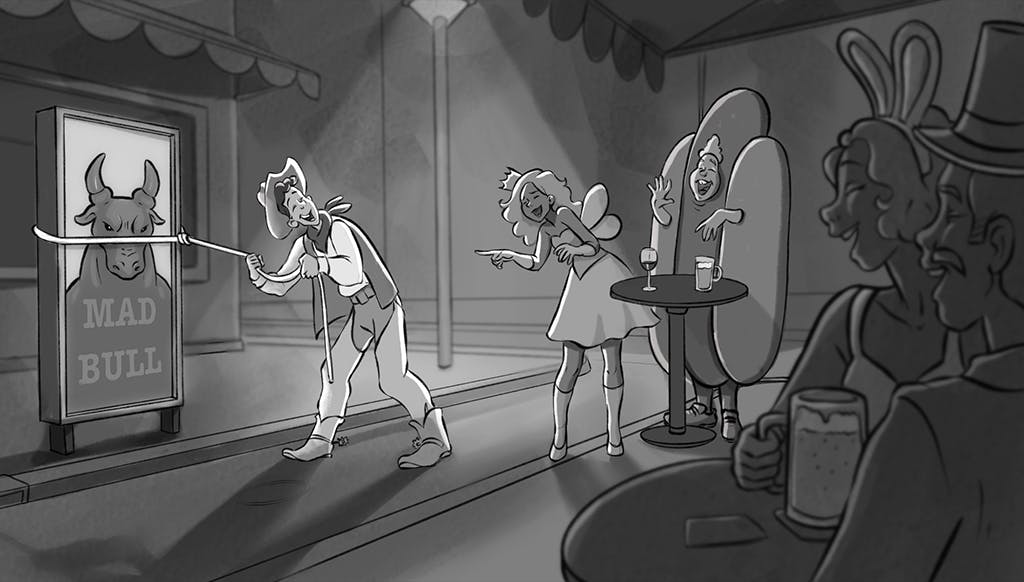
We won the first prize in the Netherlands, so we decided to further develop the game, formerly known as ‘Paradox in Paradise’. As I mentioned before, I created all the characters in this game. It is now playable on Steam, Switch, Xbox, and a pretty cool Playstation. The fourth game I worked on was ‘Verdun’, a First World War shooter. I had to animate the reloading of guns and running hands. I didn’t enjoy doing it as much, so I decided not to show this anywhere, afraid that I might have to do this work again.
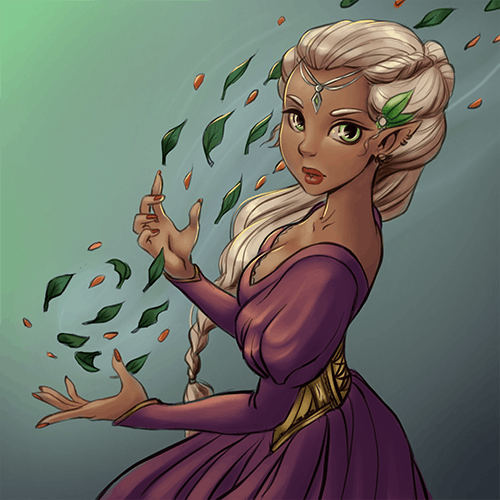
Nanda: For feature films, I worked on Heinz the movie and L.O.L Surprise! Winter Fashion Show Movie. The last project was a lot of fun. For this film, I started with storyboarding and also worked as a character animator. The storyboard process was super-quick for this production. After finishing a shot, I heard that the animators were already animating it two weeks later. I also did some storyboards for commercials.
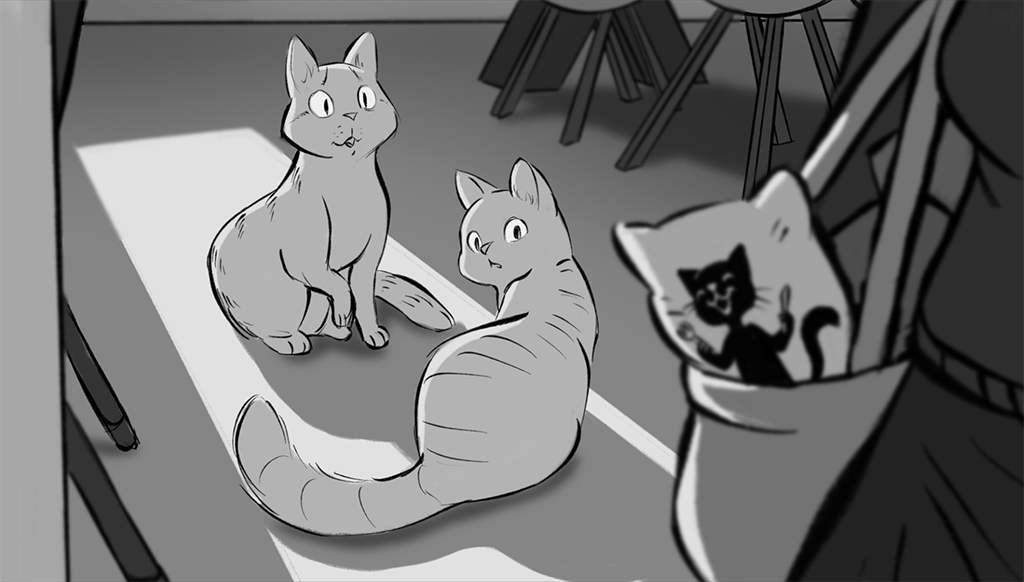
Here it is more important to create really clean and beautiful images because you need to sell an idea to the client. I prefer working on feature films. Besides storyboarding, I also worked as a Layout animator on the film, ‘The Little Vampire’. This was kind of a 3D storyboard where I had to roughly place the characters and animate the cameras. I did this for many shots in this movie as we were a small team making the Layouts.

Nanda: The main thing I try to do is to not take on too many projects at once. I struggle with this because I find it difficult to say no to fun projects. Just before Covid, I had burnout, so I now have to be extra careful to manage my time. I always work in small chunks to get less overwhelmed by the amount of work and I always calculate extra time to have room for feedback or when something goes wrong. Another important thing I try to do is to take time off and not work.
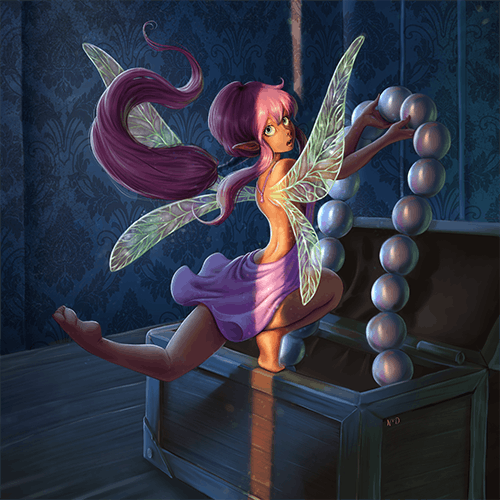
I do more yoga now and I meditate when things get stressful or I go for a walk to clear my head. I have a hard time turning my artistic brain off, so I also try to do projects for myself to relax. Most of the work I post on Instagram is just personal projects I like to make for myself to relax. Especially model drawing is something I enjoy very much.
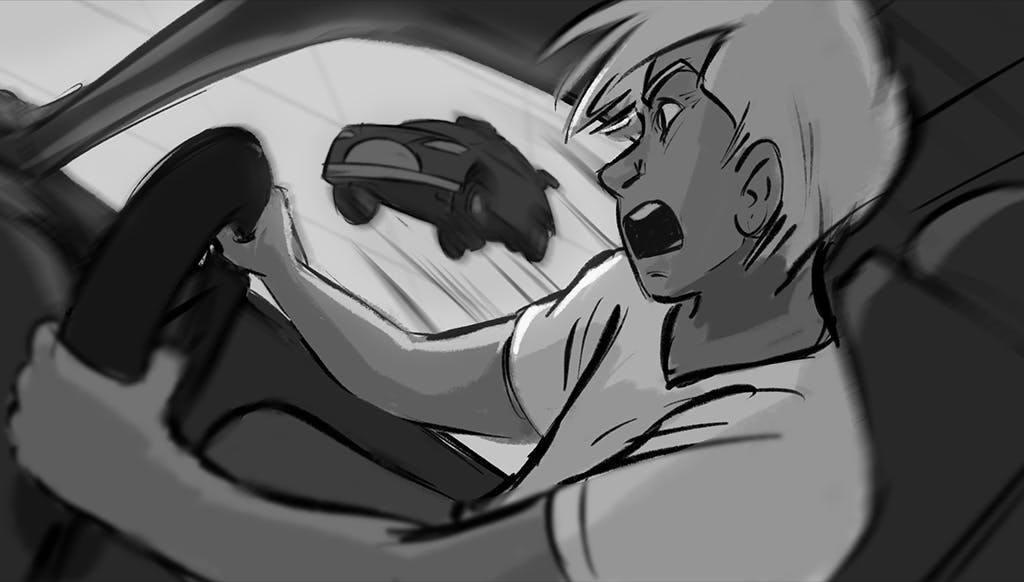
Nanda van Dijk: Well, I tried to get a job at Fortiche to work on the next season 2 of Arcane but, unfortunately, I didn’t get the job. I guess that I am not alone in wanting to work on that series. I was blown away by the style and storytelling of this series. I love how they combine 2D and 3D and would love to work on a project like this. Fortunately, I will start working on a film in a similar 2D/3D style in November 2022, ‘Benjamin Bat’ which will be created by Capybara Studio. So I’m very excited about this: https://www.storytellersfilmtv.nl/production/benjamin-bat.
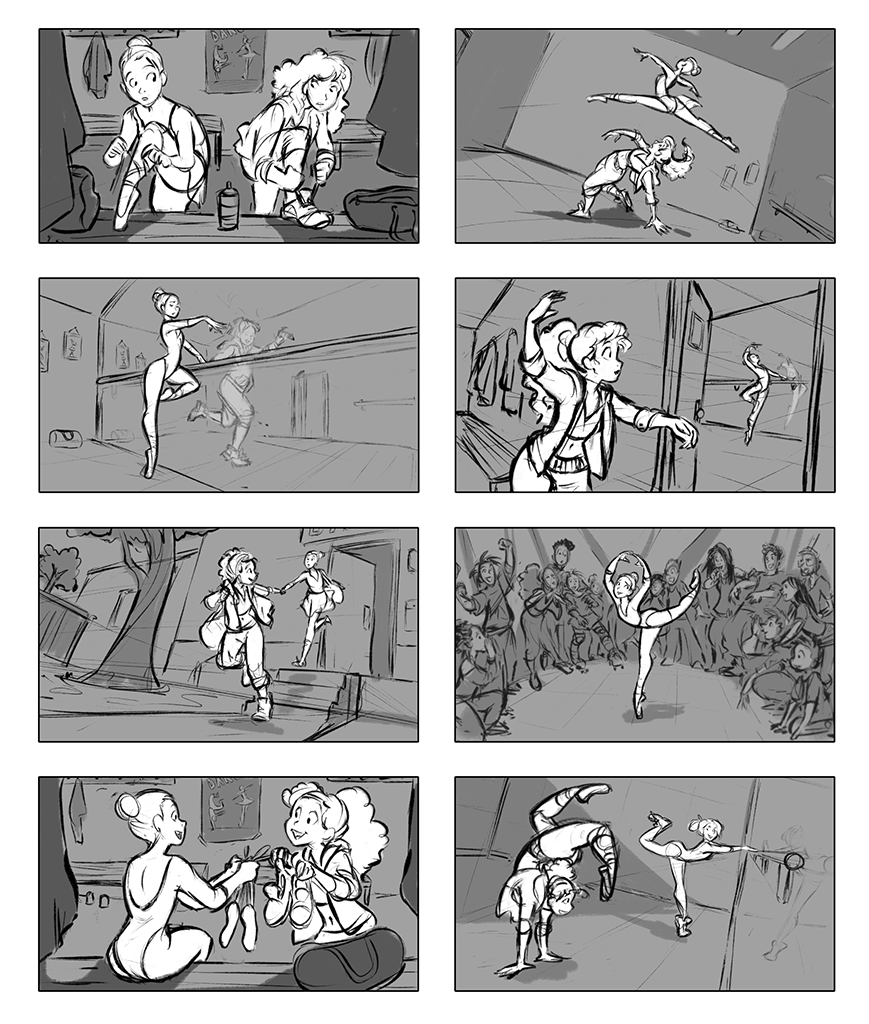
Nanda van Dijk: This is a difficult question because I encounter creative challenges all the time. The most difficult challenge I’ve had were rigging projects. Rigging characters is always a game of problem-solving. When something doesn’t work, it can be difficult to find out where the issue is and how to fix it. Another big problem is also related to rigging and that is working with bad rigs. Most of the time in projects with low budgets, people don’t book enough time for rigging the characters. And countless times when there is a problem, they say to just work around it.
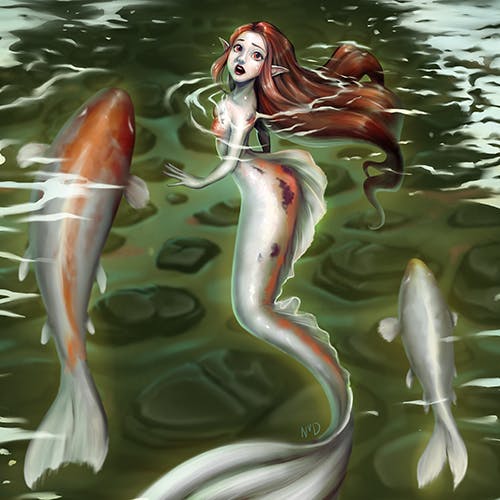
Animating with broken rigs costs a lot of extra time and it is a shame that studios almost always underestimate this process. Having good rigs can save much more time during production. Knowing how to rig does help me in situations like this.
I can pinpoint issues; explain my preferences to the riggers and, if necessary, help fix them myself. I also believe it made me a better animator because learning how to rig gave me a better understanding of the capabilities of rigs and how body mechanics work.
Nanda van Dijk: The most important advice I can give is to not give up when things get rough or when you get rejected by jobs. Learning animation or becoming an artist takes time, effort, and a lot of patience. Also, depending on where you live, things might be more difficult to achieve. I constantly try to take on any opportunity that comes my way. Ever so often, the projects you least expect to enjoy are the most fun to work on.
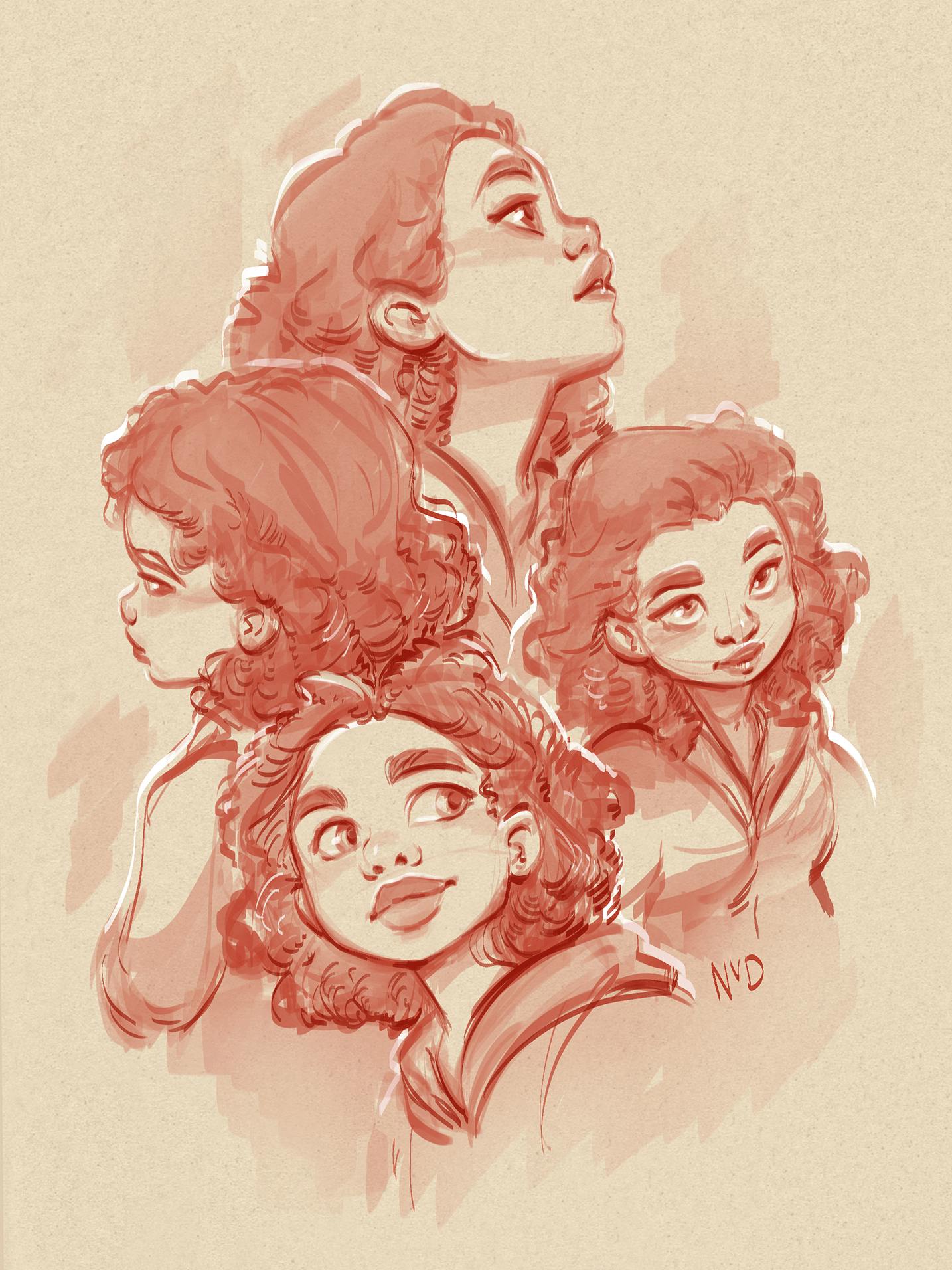
Also, you are never too old to get started. I know many fantastic artists who started their careers when they were in their 30s or 40s or even older. When I started, I was afraid that if I didn’t make it before I was 25 that I would not ever make it.
Which is utter nonsense. So don’t worry if you can’t get a job right out of college or if you just decided to become an artist. You can make it! But it does require dedication and hard work. Just don’t forget to take some time off too once in a while!




































